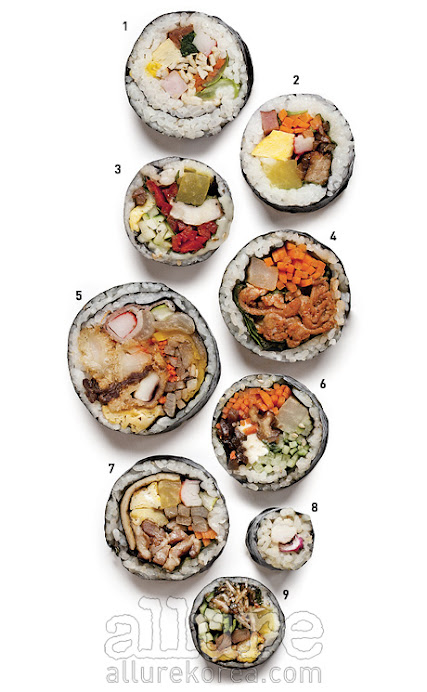A Korean story with the beauty of four seasons_Autumn
*Source_Encyclopedia of Korean Folk Culture, Autumn
hen a fairly cool breeze blows in the mornings and evenings, it seems like fall is quickly approaching. However, due to the heat that has not yet subsided during the day, it is sometimes confusing whether it is fall or still late summer. Some people think that ‘fall has come’ when September begins, while others think it is late summer because many people are still seen wearing short sleeves on the streets.
When the colorful leaves start to change, you realize that fall has come. Like this, the beginning of fall is different for everyone, but we feel the beginning of fall through several criteria.
What is the start of climatological autumn? It refers to the first day that the average daily temperature falls below 20℃ and does not rise again.
This is why it is not confirmed that it is fall just because the morning temperature has dropped significantly. Ipchu (立秋), which heralds the 'beginning of fall' according to the season, was on August 7th, and on August 23rd, when the daily temperature difference begins to increase, the night temperature falls below the dew point and dew forms on the grass leaves, clearly showing the spirit of fall. The egret day is September 7th.
*Source_Weather News
*Source_Donga Ilbo Reporter Jeon Seung-hoon’s Art Road
Ginkgo tree, 1496-1 Bangye-ri, Munmak-eup, Wonju-si, Gangwon-do (Natural Monument No. 167)
Ginkgo tree, 626-1 Sinjeom-ri, Yongmun-myeon, Yangpyeong-gun, Gyeonggi-do (Natural Monument No. 30)
Ginkgo tree at Geumsadang, Miryang, 24-183 Hwajeong-ro, Miryang-si, Gyeongsangnam-do.
Ginkgo tree at Munmyo Shrine, 25-1 Seongkyunkwan-ro, Jongno-gu, Seoul (Natural Monument No. 59)
*Source_Ramble Blog
This is a time when there is more food to eat than any other season, whether in the mountains, fields, or sea, including crabs soaked in soy sauce, prawns, oysters, octopus, gizzard shad, pine mushrooms, pumpkin porridge, pears, chestnuts, oysters, jujubes, Chinese cabbages, pomegranates, and figs.
*Source_Balpoom News
*Source_Triple Guide
*Image source_YeoSola_YeoSola Blog https://yeosolablog.co.kr/
- What are the famous festivals that represent fall?
금산인삼축제(Geumsan Ginseng Festival) /안동탈춤축제(Andong Mask Dance Festival) / 진주남강유등등축제(Jinju Namgang Lantern Festival)
- Autumn, with high skies and cooler skies that will stimulate your emotions, is the season of ballads.
A collection of ballads that are good to listen to in fallㅣAutumn songs
*Source_https://www.youtube.com/@lets_sing Let’s sing










댓글
댓글 쓰기